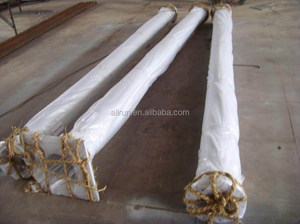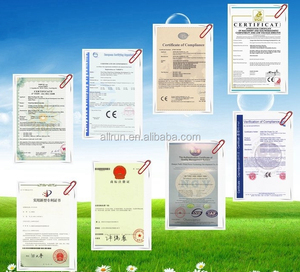Introduction to Electric Producing Windmills
Electric producing windmills, also known as wind turbines, are innovative machines that convert the kinetic energy of wind into electrical energy. With a rising focus on renewable energy sources, electric producing windmills have become integral in reducing dependence on fossil fuels and minimizing carbon footprints. These windmills harness natural, limitless wind power to generate electricity, making them a sustainable choice for both residential and industrial applications.
Types of Electric Producing Windmills
- Horizontal Axis Wind Turbines (HAWT)
- Commonly used in large wind farms
- Features two or three blades mounted on a tall tower
- Vertical Axis Wind Turbines (VAWT)
- Adapts well to turbulent wind conditions
- Typically includes Darrieus and Savonius designs
- Small Wind Turbines
- Ideal for residential use, farms, or businesses
- Usually ranges from 400 watts to 100 kW
- Offshore Wind Turbines
- Installed in bodies of water to capture stronger winds
- Typically larger and more powerful than onshore counterparts
Applications of Electric Producing Windmills
- Residential Energy Supply
- Providing electricity for homes, reducing utility bills
- Can be integrated into existing energy solutions
- Commercial Power Generation
- Serving businesses and manufacturing plants
- Enhancing corporate sustainability efforts
- Remote Areas Power Supply
- Supplying electricity to off-grid locations
- Ideal for rural communities or disaster relief scenarios
- Integration with Smart Grids
- Contributing to smart energy management systems
- Facilitating a more resilient energy infrastructure
Features and Advantages of Electric Producing Windmills
- Sustainability
- Renewable source that reduces greenhouse gas emissions
- Minimizes reliance on non-renewable energy resources
- Cost-Effectiveness
- Lower operational costs compared to fossil fuels
- Long-term savings on energy expenditures
- Low Maintenance
- Uses durable materials and technologies
- Requires minimal upkeep, which reduces long-term costs
- Energy Independence
- Empowering users to generate their own power
- Enhancing energy security and resilience against price volatility










































